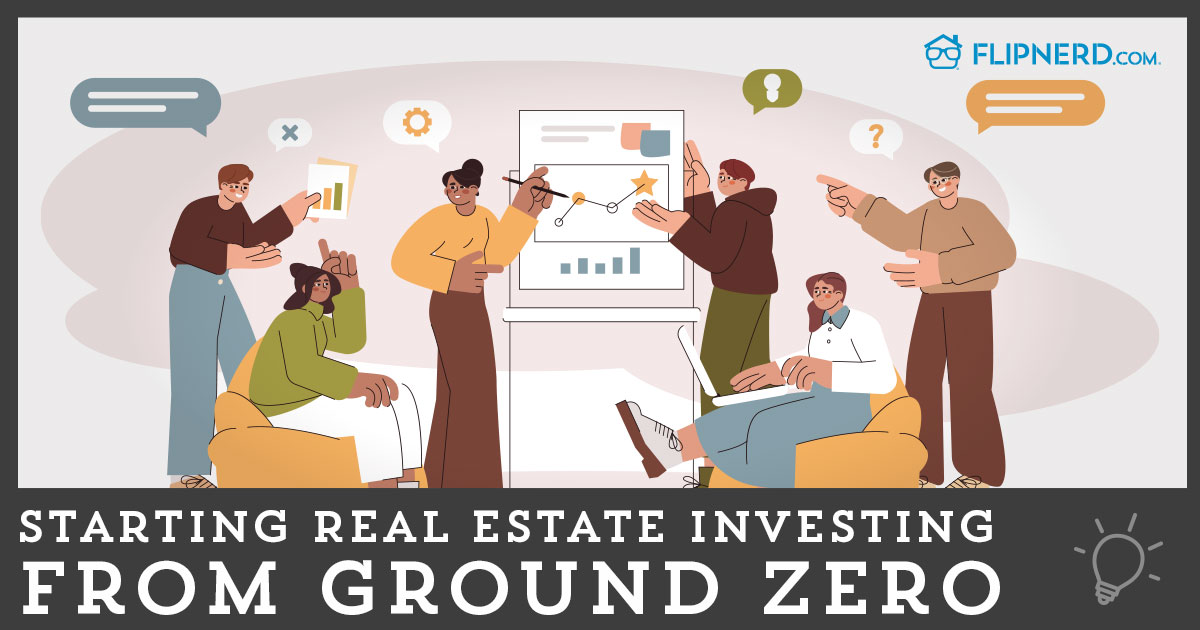“A bank is a place that will lend you money if you can prove that you don’t need it.” ~ Bob Hope
If you’re a small business owner or sole proprietor, you pretty much understand the essence of Bob Hope’s quote. We all have been there, especially after the economic crisis of 2008. Big banks have tightened their lending regulations, making it difficult for small business owners to secure a loan. However, if you own a self-directed Solo 401 k plan, you might just be able to meet any financial crisis without incurring any taxes or early withdrawal penalties.
Self-directed Solo 401k retirement plans are specifically designed for owner-only businesses and sole proprietors, allowing them to make annual contributions of up to $59,000. Out of the several other qualities of a Solo 401k plan, one is its ability to allow plan participants to borrow from the plan. Does that interest you? Keep reading…
What is a Solo 401k loan?
A self-directed Solo 401 k plan has a provision to allow participant loans. As per the provision, you could borrow up to 50% of the account balance or up to $50,000, whichever is lower.
Example I: Steve is a lawyer, operating his business as an S corporation. His Solo 401k fund stands at $200,000. If Steve takes a loan from his retirement plan, the maximum he can borrow will be $50,000 or 25% of his retirement fund, reaching the maximum loan limit in the process. For retirement funds having an excess of $100,000 in the account balance, the 50% borrowing rule doesn’t apply.
Example II: Amanda is an independent fashion designer, with a current Solo 401k balance of $70,000. As per the 50% borrowing rule, she can borrow a maximum of $35,000. Just like the earlier case, retirement plans with account balance lower than $100,000 follow the 50% borrowing rule.
Self-directed Solo 401 k plan: Eligibility for Solo 401k loan
First, the Solo 401k plan document should have a provision to allow participant loans. Several financial institutions offering free Solo 401k accounts do not allow participant loans, which makes perfect sense considering that these institutions make money by reinvesting your money. On the contrary, custodian-directed and self-directed Solo 401k plans allow participant loans. When establishing your self-directed Solo 401 k plan, do enquire about the loan feature.
In most of the cases, plan owner acts as both the plan administrator and plan participant of the Solo 401k plan, so the regular credit eligibility requirements aren’t applicable.
Benefits of a Solo 401k loan
- No credit check: A Solo 401k loan doesn’t involve credit checks, allowing you to borrow money hassle free.
- Lower interest rates: You can avail a loan at a comparatively lower interest rate, usually prime rate plus 1%. It is much affordable when compared to credit cards or personal loans.
- Easily manageable: Considering the nature of a self-directed Solo 401 k plan, you are not required to file loan documents with the IRS, making it easily manageable. However, it doesn’t mean that you don’t need paperwork. Always file proper paperwork, and if you are unaware of the procedure, consult your plan provider.
- No usage restrictions: Unlike other bank loans, you can use a Solo 401k loan as per your discretion. Pay credit card debt, fund a real estate purchase, use it for your business or pay for other financial emergencies.
- Easy repayment terms: With a Solo 401k loan, you need to make at least one quarterly payment to stay up-to-date on your payments. The loan comes with a maximum repayment term of 5 years.
Shortcomings of taking a Solo 401k loan
- Taxes and penalty in case of a delinquency: For some reasons, if you’re unable to repay the loan and it goes under delinquency, the entire loan amount will be considered as a taxable distribution. Further, if you’re under the age of 59 and a half years, you will trigger an additional 10% penalty for early distributions.
- Opportunity loss: When you borrow from a self-directed Solo 401 k plan, the funds are being pulled out of other high-return investments, incurring an opportunity cost. If you hold non-cash assets in your including real estate or mortgage notes, the opportunity cost could be even higher.
- Potentially higher payments: While Solo 401k loan can be used for any purposes, including repaying medical debt or education expense, plan owners need to consider the payments they need to make. With student loan or mortgage, for example, the repayment is spread out over a longer period, usually 10 to 15 years or longer. This allows borrowers to make smaller payments over the years. The Solo 401k loan has to be paid back within a maximum of 5 years, hence the payments can be much higher. Consider your financial situation and make sure you can afford the payments to avoid penalty and taxes.
What if you cannot pay it back?
In the event of failure to repay a Solo 401k loan, you will incur a substantial financial penalty. First, the entire loan amount will be treated as a taxable distribution, subjected to the eligible income tax rates. Further, if you’re under the retirement age, you will have to pay an additional 10% withdrawal penalty.
The only way to save on a delinquent loan is if your plan document allows a cure/grace period, allowing you to become up-to-date on your payments. This cure period cannot extend beyond the quarter in which the loan became delinquent.
Conclusion
As a retirement solution provider, we caution our clients to avoid borrowing from their self-directed Solo 401 k plan, but in the case of an acute financial crisis, it is still better than a direct distribution.
Image Source: https://pixabay.com/en/bank-billionaire-bills-box-brown-1238320/
Written by: Dmitriy Fomichenko









